This emblematic neighbourhood owes its name to the fact that it is precisely in this area where the mouths of the Riachuelo are located, where its waters flow into the Río de la Plata.
The history of the district of La Boca begins with the arrival of the first adelantado Don Pedro de Mendoza in 1536, who established a first fort in this marshy area, populated by willows and strawberry trees.
Italian immigrants, settled there in the 19th century, attracted by the activity of the city’s primitive port. They built their houses of wood and zinc and painted them with the leftover paint from the ships.6, At that time, a large number of conventillos settled in the buildings that had been abandoned by the wealthier sectors that migrated to the north during the yellow fever epidemic of 1871.
Today it is not known how many remain. And although those that remain may seem picturesque, the way of life in them has not changed much over the decades.
When the port of Buenos Aires became the main access to Argentina, La Boca was abandoned. In 1959, on Quinquela Martín’s initiative, the municipal government built a museum street there, with the name that the tango had given it, “Caminito”: “One fine day it occurred to me to turn that paddock into a lively street.
With mass tourism n the 60’s, this part of La Boca became popular with visitors. Restaurants and tango dancers started to appear to make it what it is now, a must see in Buenos Aires..
The atmosphere is relaxed and pleasant, nobody hassles you and it makes for a great day out. However, it is not recommended to walk to La Boca.t taking the usual precautions, As they say “Opportunity Makes the Thief”.
Always take at least a taxi or, better, get a guide to accompany you and tell you the fabulous history of our most famous neighbourhood.









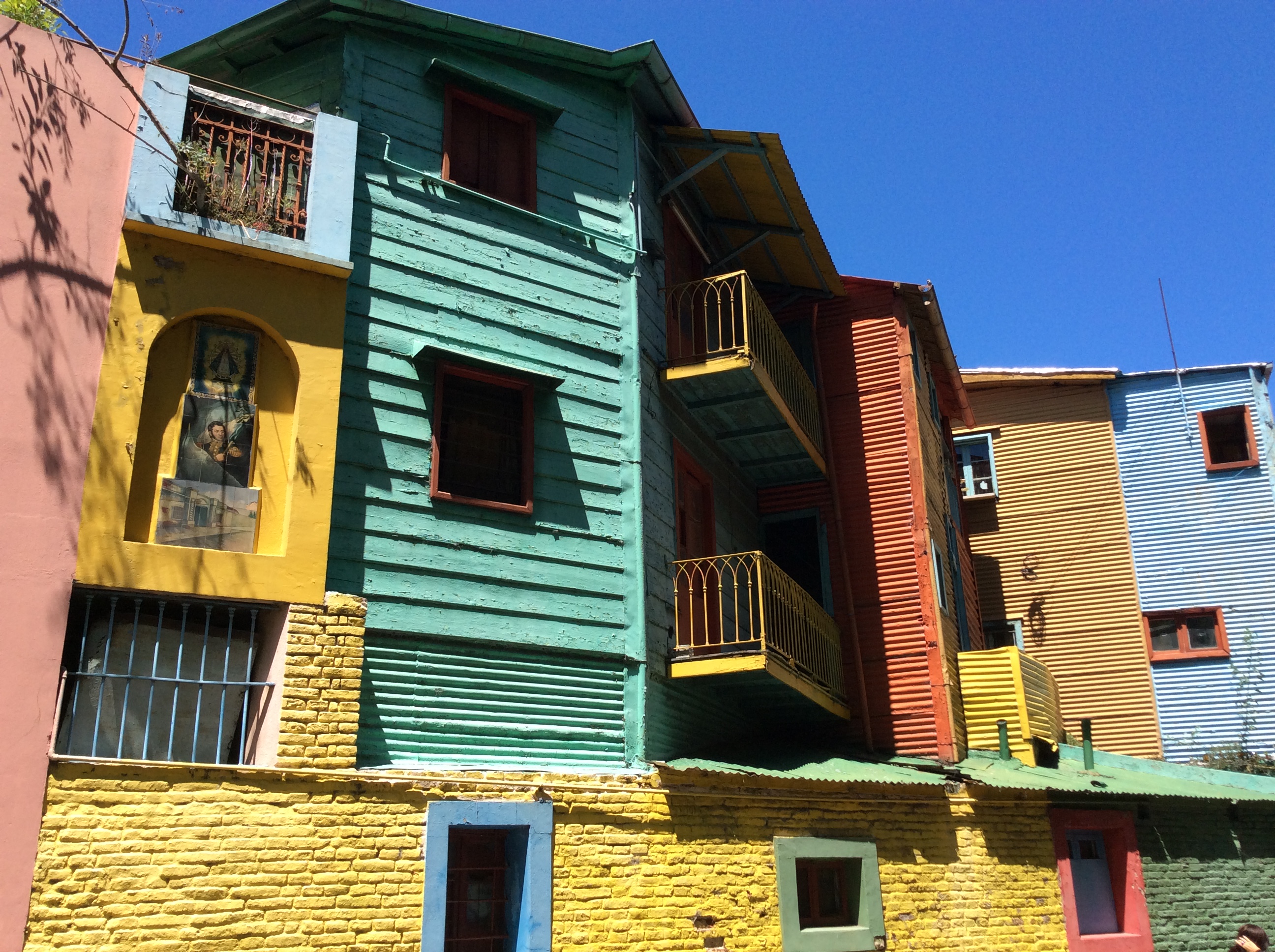
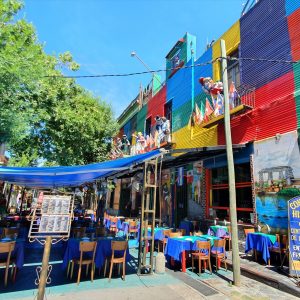
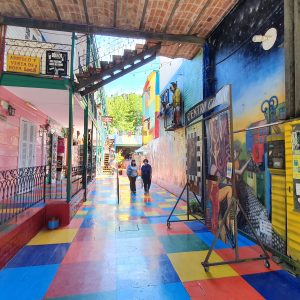
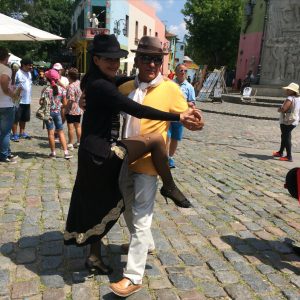
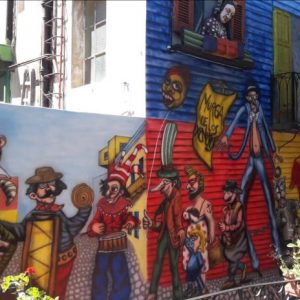


Comment (0)